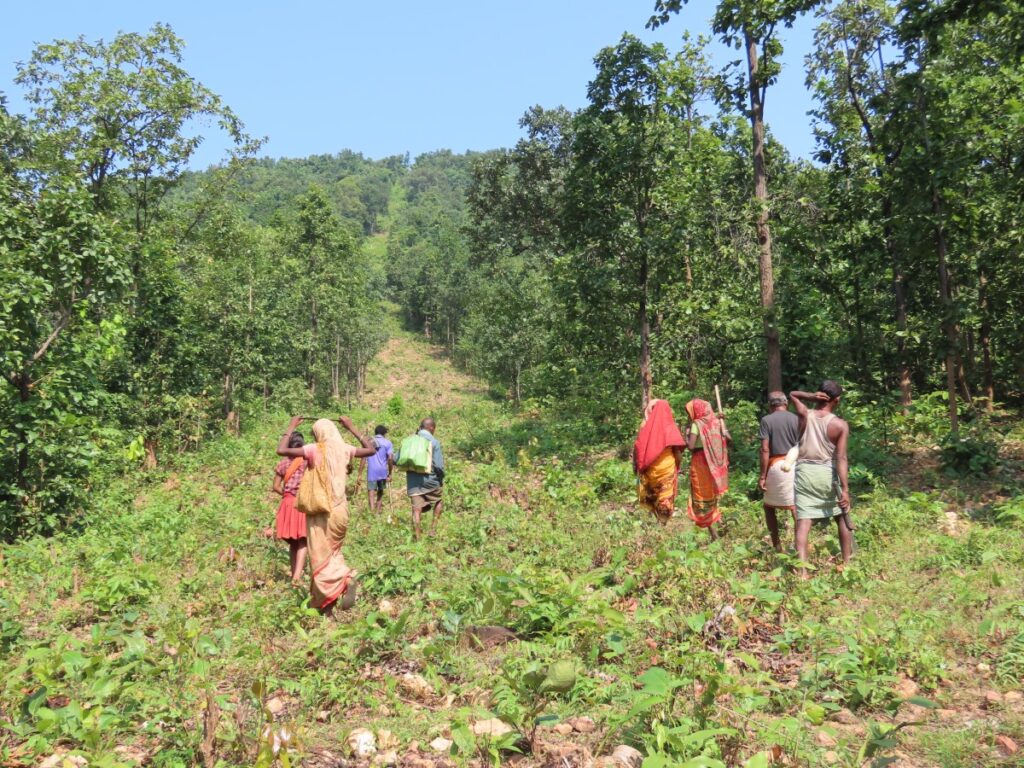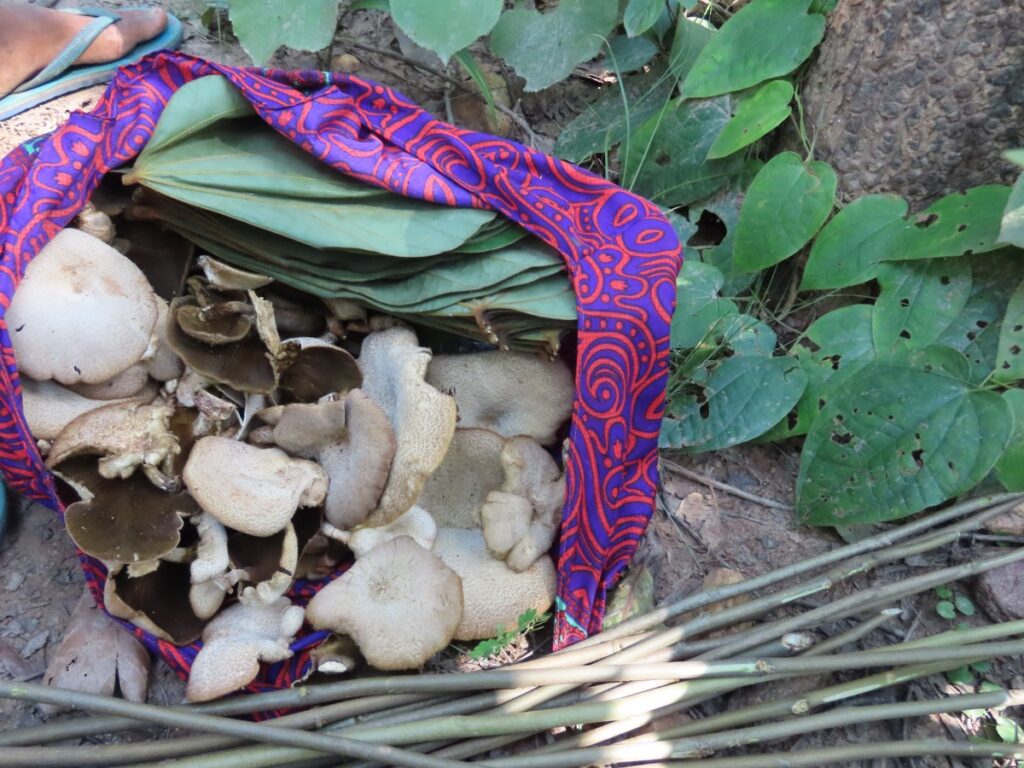October 24, 2023
By Jyoti Patale
Consultant – Networks & Alliances
Through Keystone’s Eastern India project, our Community Resource Person Budheswar Mahato has been working to strengthen and build capacity of Gram Sabha and Van Suraksha Samitis (Forest Protection Committee) in Hatnada and other project villages. This has involved meetings, workshops, awareness programmes and community consultations. He also conducts trainings on FRA and is extending support for the development and filing of CFR claims. Under his guidance, five villages including Hatnada, have started their transformative journey to safeguard their forest resources. Here is the story of Hatnada village.
In the heart of Saraikela district lies a village named Hatnada, surrounded by the rich Saranda forest, renowned for its dense canopy of sal trees. This lush expanse, however, faces dual threats, the mineral rich lands are vulnerable to iron ore mining. It also faces relentless pressure from timber agents on sal and amla trees for the furniture and medical industries. Hatnada, merely 20 km. away from the bustling town of Jamshedpur, finds itself at the forefront of these challenges. The villagers decided to take matters into their hands, establishing the Van Suraksha Samiti, a symbol of self-governance and environment stewardship.
Hatnada, with its seven hamlets, devised a forest protection plan. Fourteen individuals from each hamlet dedicate several hours daily to patrol the forest. To ensure every family’s active participation, a fine system was introduced during the Gram Sabha meetings. Those failing to fulfil their duties will face a fine of Rs. 120, effectively fostering accountability. It’s been 10 months since the patrolling began. The people marked their forest boundary and erected warning signs at the forest’s entrance, announcing restriction of entry and collection of forest resources for outsiders. They are also maintaining attendance register for daily duty.



Before starting their forest protection duties, villagers have to fulfil their household responsibilities, and manage to do so, finishing up with their cleaning, cooking and even farming duties early in the morning and then proceed to go on long walks within the forest. The terrain, marked by hills and challenging paths, tests their determination. Yet they embark on their patrol, come rain or shine. During their patrol, the guardians collect resources sustainably, including sal tree twigs (Datun) for brushing teeth, leaves for making plates and bowls, natural ropes for making boundaries, seasonal foods like mushrooms, wild vegetables, fruits and medicinal plants.
In a world where we are witnessing a crisis of disappearing traditional ecological knowledge, this initiative stands as a beacon of inter-generational learning, helping preserve ancient wisdom for posterity. Through their united dedication and sustainable practices, they are establishing positive examples that local communities can be the most gentle and effective guardians of their environment.
In a world where environmental conservation often seems like a daunting task, this initiative offers a ray of hope. Their efforts echo far beyond the hills of Jharkhand, inspiring communities to take charge of their precious natural resources. Hatnada stands tall, reminding us all that collective action and unwavering determination can indeed change the world, one forest at a time.


















